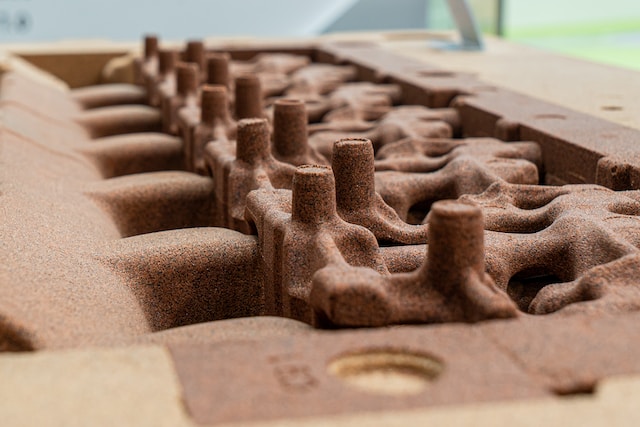Injection molding is used to make items you see everywhere, from plastic containers to mop heads. Its capabilities are expanding due to new technology.
Sensing, optimization, and control are vital to the injection molding process. Conventional feedback and learning control methods have been the most successful for batch processes.
Automation
The injection molding process uses a hopper, barrel, and reciprocating screw to melt polymer granules and guide them into the mold. During this stage of the manufacturing process, the temperature is controlled to ensure proper solidification and that the plastic is not overheated.
Injection molding is used to manufacture various products, from consumer electronics to automotive parts. Its versatility and durability make it the most popular method of producing molded plastic components. As technology advances, manufacturers can improve production efficiency and quality control with programmable setups and product sensors.
Tooling costs have the most significant impact on overall production costs in injection molding. For example, creating a more straightforward design that reduces the number of cavities can significantly lower the initial cost of building the injection mold. It is also worth considering incorporating a shut-off feature in the design to eliminate undercuts, as these add significant time to cooling and solidification cycles.
Robotics
Robotics are a significant component of modern injection molding, allowing molders to handle various tasks more efficiently and accurately than manual methods. These automated systems help speed up production timelines while increasing quality, reducing labor costs, and mitigating the risks of human error.
Plastic manufacturers use robots to carry out many secondary operations, such as welding to build assemblies or sorting and stacking molded components before assembly teams ship them to customers. They can also be used for various injection mold manufacturing processes, such as deburring and trimming.
For example, a manufacturer needed to assemble a large part from multiple inserts and cores that required different materials and sizes. They used an articulated robot with simple EOAT (electronic attachments) to hold the pieces and move them into place, eliminating manual handling. This allowed them to reduce peak injection pressure and cycle time, saving energy and boosting throughput. The company doubled the number of parts they produced per hour.
3D Printing
Traditionally, injection molding (IM) is manufacturing for producing high-volume end-use products. However, IM requires significant upfront investments in the cost of a mold, which may only sometimes yield a desirable ROI.
Metal molds can cost tens of thousands of dollars to produce, which can vary depending on the size and complexity of the mold. 3D Printing offers a more cost-effective alternative for low-volume production runs.
However, a key challenge for 3D printers is the cooling time needed for solidifying molten raw plastic. This can impact the quality of finished parts and must be considered in the design. Minimizing the number of support structures on faces that will be part of the final injection molded product is best to avoid this issue. This will improve the surface finish and reduce the risk of flash. Choosing a high draft angle for these faces is also a good idea to ensure an even surface.
Virtual Design
Injection molding allows for mass production of identical products with a high yield. This enables businesses to meet a high demand from consumers for affordable, durable goods.
Injection molds are constructed from a variety of hard metals. The material selected depends on the expected length of production runs and the product’s function and design. Aluminum molds are a common choice for small production runs, while steel produces higher quantities of long, complex parts.
The use of IoT-based automation technologies improves connectivity in the injection molding process. These solutions offer programmable setups, sensors, and other features that reduce cycle times without sacrificing quality. These advancements are transforming the way plastic injection molding is done. They also allow for greater customization, improving the ability of manufacturers to respond to consumer demands while reducing costs and production timelines. This trend is expected to continue in the future.
